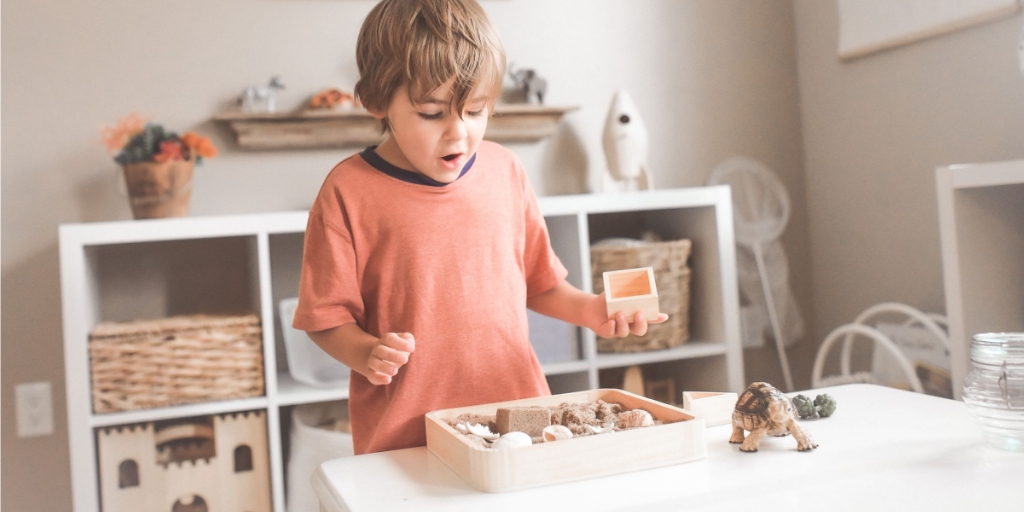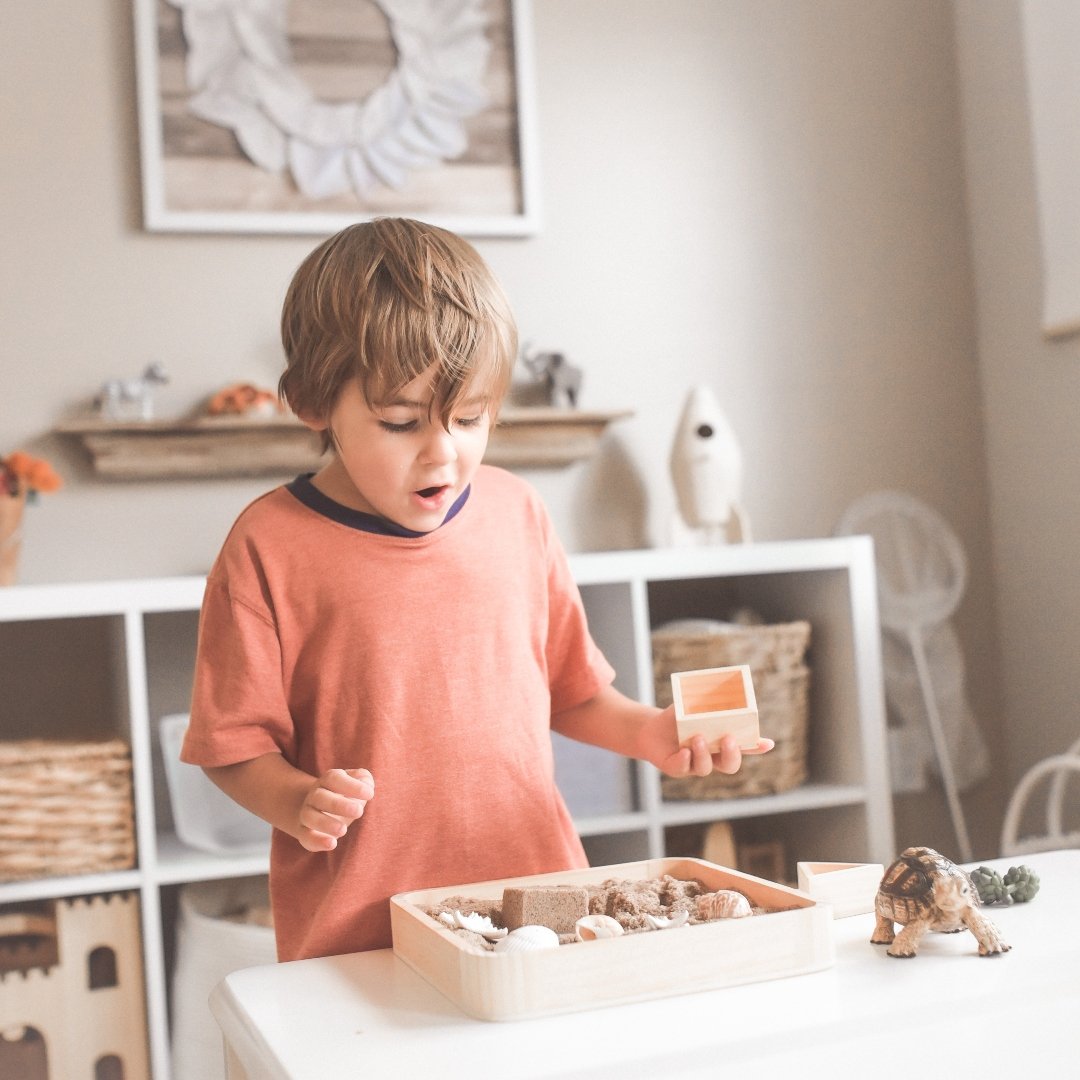
Nathan Ahearne explores how parents can allow room for their children to be curious, creative, and free.
One of the most arresting posts on social media is the "breathe animation" created by Headspace, a provider of mental health services for 12- to 25-year-olds. It invites viewers to simply breathe in and out, becoming mindful of their body, feelings and thoughts. The simplicity of the animation helps it stand out amongst the noisiness of photos, advertisements, and videos that clutter the continuous newsfeeds of young people.
In her Daring Classrooms vodcast, Brené Brown challenges her viewers to “be guardians of spaces that allow students to breathe, be curious, and to explore.” These are important spaces to guard from the many distractions, overloaded schedules, mind numbing screens and never ending to-do lists. How much do we value these spaces in our own lives? Do we treasure the opportunity to draw a breath, to explore our surroundings and allow our curiosity to run wild?
Parents understand that teachable moments are not constrained by the curriculum and four walls of the classroom. Our families, sporting fields, youth groups, creative arts, immersions, and social outreach are fertile ground for the type of curiosity and the exploration that Brené speaks of. We need to allow our children to go slower, to a draw a breath, to take in their surroundings and enjoy the moment before rushing off to their next adventure.

Dorothy Parker suggests that the “cure for boredom is curiosity” and whilst our smartphones have put the entire world virtually at arm’s length, they have also filled many of the quieter moments boredom previously occupied: the walk to the bus stop, the wait at the reception room, and standing in line at shops. Do we allow our minds to wander in the space we find ourselves, or do we choose to meander down the rabbit hole of apps and notifications on our device?
It’s incredibly easy to be directed and perhaps even programmed into a repetitive routine of work, events and calendars. So how do we disrupt the cycle in our family? Perhaps it doesn’t involve too much effort, a small change to the regular pattern, the removal of a task, or the addition of a reflective activity, silence, or journaling.
Jesus guarded His own time and space for prayer. "When daylight came he left the house and made his way to a lonely place” and still the crowds caught up with Him and demanded more (Luke 4:38-44). Jesus knew the importance of spending time with His Father, freeing Himself from the distraction and busyness of the day. Far from seeking loneliness, Jesus taught His disciples that time spent in solitude with God is not time spent alone.
St. Marcellin told the early Marist Brothers to enjoy “wasting time with young people,” being with them and allowing these spaces to naturally occur in and outside of lesson time. Most schools have an allocated part of the day for pastoral care, but there is a temptation to fill this space with structured activities, rather than simply being present and developing authentic relationships.
Magnus Atom, the creator of the Headspace animation, said, “there’s something inherently calming about natural imagery,” particularly “when you pay attention to the cycles of nature – the life, death, and changing patterns.” How are schools bringing students into contact with green spaces and the natural patterns of their environment? With the help of Y2 Architecture, Marist College Bendigo has created “a village of pavilions to house the middle years centre which connect directly with their adjacent wetlands and are embedded in their landscape like nests amongst the reeds.” These spaces offer a full sensory experience as students interact with the natural world that surrounds them. Many students and adults enjoy the visual experience of Visio Divina and comment that the removal of words allows them to be with the art, rather than being guided to see something. They appreciate the opportunity to explore the piece at their own pace.
.jpg?width=1080&name=20210629-NAhearne-1%20(1).jpg)
Benedictine monk Father Laurence Freeman explains that the purpose of meditation is not just “a way of calming the mind or reducing your blood pressure or reducing stress — all of which are useful things to do — but we teach meditation as a way of becoming more human, and that means to be more 'other-centred,' to be more altruistic.” Christian meditation offers one way of becoming more fully integrated and ready to explore the world around us, with a renewed curiosity.
Whilst many schools have moved towards scheduling time for meditation, prayer and pastoral care, we might draw on a key learning from the development of the Headspace app. When analysing the effectiveness of their animation, they discovered “their work would ideally not be seen” as that would draw attention away from the opportunity to simply be in the moment. Like Mary who lived between the lines of the Gospels, the Marist Brothers have modelled an approach to doing good quietly, with humility and simplicity at the core.
Our best efforts to guard spaces for our children to breathe may go unnoticed, but its impact will ripple through a lifetime.
Copyright 2021 Nathan Ahearne
Images (from top): Paige Cody (2020), Unsplash; Saander Weeteling (2018), Unsplash
About the Author

Nathan Ahearne
Nathan Ahearne's faith journey has helped to shape the person he is today as husband, father, teacher and formator of young people. His vocation and faith are strengthened and nourished by those he encounters in service and contemplation. Nathan is a creative thinker and likes to roll up his sleeves and see projects through to completion. He is a John 10:10 fan. Read more at Expressions of Interest.


.png?width=1806&height=731&name=CatholicMom_hcfm_logo1_pos_871c_2728c%20(002).png)
Comments